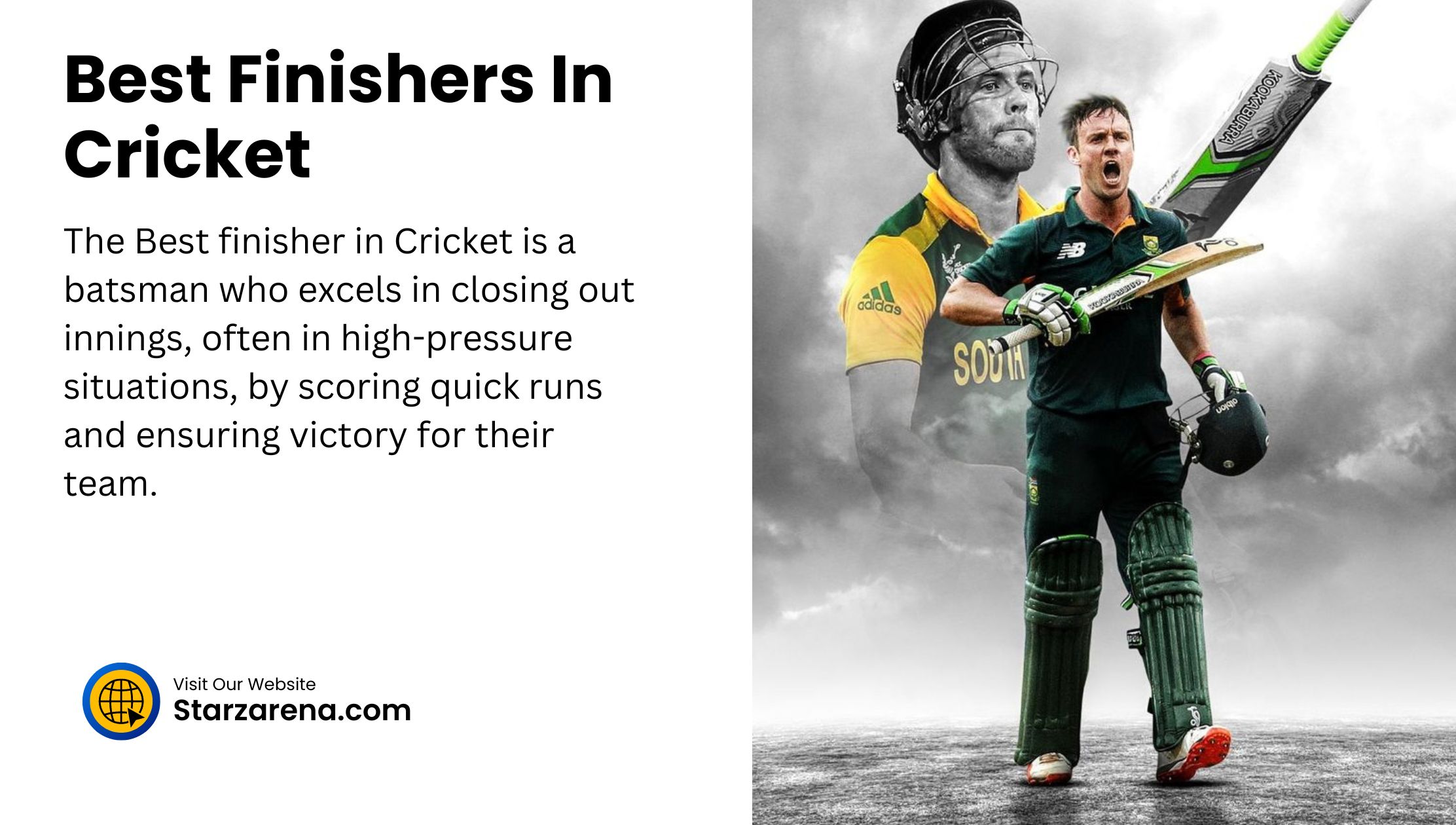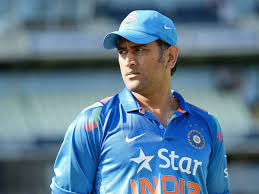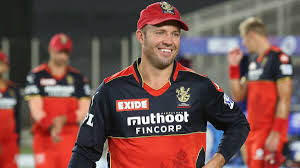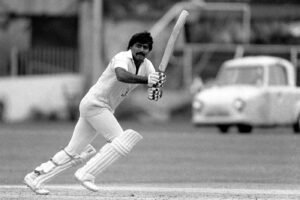Masterful Finishes in Cricket History You Need to Know
Cricket is a sport filled with thrilling moments, and nothing captures the excitement more than a game-changing finish. For cricket enthusiasts, the sight of a batsman turning the tide in the final overs is nothing short of exhilarating. Whether you’re a sports fan or a content creator looking for inspiration, understanding the art of finishing in cricket will elevate your appreciation of the game. In this blog post, we’ll explore the top 10 best finishers in cricket, highlighting their most memorable feats, key attributes, and unmatched skills.
The Evolution of Finishing in Cricket
The role of the finisher has evolved significantly over the years. Initially, cricket was centered around classical batting, with a focus on technique and endurance. However, as the game developed, the need for aggressive, boundary-hitting players became apparent. The introduction of limited-overs formats, such as One Day Internationals (ODIs) and Twenty20s (T20s), further emphasized the importance of finishers who could score quickly in the final overs.
The evolution of cricket has brought about various changes in strategies, equipment, and player fitness. Modern finishers are not just powerful hitters; they are also keen strategists, capable of reading the game and adapting their approach based on the situation.
Key Attributes of a Successful Finisher
Being a top-class finisher requires a unique set of skills and characteristics. Here are some key attributes that define a successful finisher in cricket:
- Power Hitting: The ability to clear the boundary at will is crucial for a finisher. A powerful hitter can change the course of the game with just a few strokes.
- Calm Under Pressure: Finishers often face high-pressure situations where the outcome of the game rests on their shoulders. Staying calm and composed is essential.
- Game Awareness: Understanding the game scenario, calculating risks, and making smart decisions are vital for a finisher. This includes knowing when to take singles and when to go for big hits.
- Versatility: A great finisher can adapt to different conditions, whether it’s batting on a slow pitch or facing a fierce bowling attack.
Mahendra Singh Dhoni – The Ice Man
Mahendra Singh Dhoni, often referred to as “Captain Cool,” is arguably one of the best finishers in cricket history. Known for his calm demeanor and sharp cricketing mind, Dhoni has led India to numerous victories with his finishing prowess.
Dhoni’s ability to remain composed under pressure and his knack for reading the game make him a legendary finisher. One of his most memorable finishes was in the 2011 ICC World Cup Final, where he scored an unbeaten 91 to lead India to victory. His famous helicopter shot and efficient running between the wickets are trademarks of his finishing style.
Michael Bevan – The Master of ODIs
Michael Bevan is a name synonymous with finishing in ODIs. The Australian left-hander was known for his ability to steer his team out of seemingly impossible situations. Bevan’s exceptional game awareness and ice-cold temperament made him a reliable figure in the lower middle order.
One of Bevan’s standout performances came against the West Indies in 1996, where he single-handedly guided Australia to victory with a last-ball boundary. His consistent ability to deliver under pressure earned him the title of the best ODI finisher of his era.
AB de Villiers – Mr. 360°
AB de Villiers, known as “Mr. 360°” for his ability to hit the ball to all parts of the ground, is another exceptional finisher. The South African maestro’s innovative stroke play and adaptability make him a nightmare for bowlers in the death overs.
De Villiers’ incredible innings against the West Indies in 2015, where he scored the fastest century in ODI history off just 31 balls, is a testament to his finishing capabilities. His fearless approach and athleticism set him apart as one of the most dynamic finishers in modern cricket.
Michael Hussey – Mr. Cricket
Michael Hussey, affectionately known as “Mr. Cricket,” was Australia’s go-to man in crunch situations. Hussey’s blend of technique, intelligence, and grit made him a dependable finisher who could anchor the innings or accelerate when needed.
Hussey’s memorable knock in the 2010 ICC World Twenty20 semi-final against Pakistan, where he scored 60 off 24 balls to chase down a daunting target, showcases his finishing prowess. His ability to stay cool under pressure and execute plans flawlessly made him a valuable asset to any team.
Jos Buttler – The Modern Powerhouse
England’s Jos Buttler is a modern-day finisher known for his explosive hitting and innovative shot-making. Buttler’s ability to score rapidly and his fearless approach have redefined finishing in contemporary cricket.
One of Buttler’s standout performances came during the 2019 ICC Cricket World Cup final, where his crucial partnership with Ben Stokes helped England lift the trophy. His capacity to find gaps and clear boundaries with ease makes him a formidable finisher in limited-overs cricket.
Lance Klusener – The Zulu Warrior
Lance Klusener, often called the “Zulu Warrior,” was South Africa’s go-to man in the late 1990s and early 2000s. Known for his brute strength and aggressive batting, Klusener could turn the game on its head with his powerful hitting.
Klusener’s heroics in the 1999 ICC Cricket World Cup, where he was named Player of the Tournament, are etched in cricketing history. His ability to score quickly in the death overs and his fearless approach made him a standout finisher of his time.
Read More: Top 10 Best Spin Bowlers of All Time
Javed Miandad – The Pakistani Maestro
Javed Miandad is a legendary Pakistani cricketer known for his match-winning abilities and street-smart cricketing brain. Miandad’s knack for assessing situations and his aggressive batting made him a feared finisher.
Miandad’s iconic last-ball six against India in the 1986 Austral-Asia Cup final is one of the most memorable finishes in cricket history. His ability to handle pressure and deliver under the most challenging circumstances solidified his legacy as a top-class finisher.
Michael Clarke – Captain Courageous
Michael Clarke was not only a successful captain but also a reliable finisher for Australia. Clarke’s elegant stroke play and game awareness allowed him to guide his team to numerous victories.
One of Clarke’s notable finishes came against New Zealand in 2011, where he scored an unbeaten 101 to chase down a target of 287. His ability to pace the innings and finish games efficiently made him a valuable asset in the Australian middle order.
Eoin Morgan – The English Innovator
Eoin Morgan, the captain who revolutionized England’s limited-overs cricket, is also a remarkable finisher. Morgan’s aggressive style and innovative shot-making have made him one of the most dangerous finishers in modern cricket.
Morgan’s quickfire 92 off 41 balls against Afghanistan in the 2019 ICC Cricket World Cup, where he hit a record 17 sixes, exemplifies his finishing abilities. His leadership and finishing skills have been instrumental in transforming England into a dominant force in white-ball cricket.
Andre Russell – The Caribbean Powerhouse
Andre Russell, known for his explosive hitting and athleticism, is a lethal finisher for the West Indies. Russell’s ability to clear the boundary with ease and his composed demeanor in pressure situations make him a standout finisher.
Russell’s blistering innings of 49 off 14 balls against Trinbago Knight Riders in the Caribbean Premier League is a prime example of his finishing prowess. His power-hitting and versatility have made him a sought-after player in T20 leagues around the world.
Conclusion
The art of finishing in cricket is a blend of power, precision, and mental toughness. The finishers highlighted in this blog post have left an indelible mark on the game with their match-winning abilities and memorable performances. Whether you are a cricket enthusiast, sports fan, or content creator, understanding the contributions of these legendary finishers will deepen your appreciation of the sport.







1 thought on “Top 10 Best Finishers In Cricket”